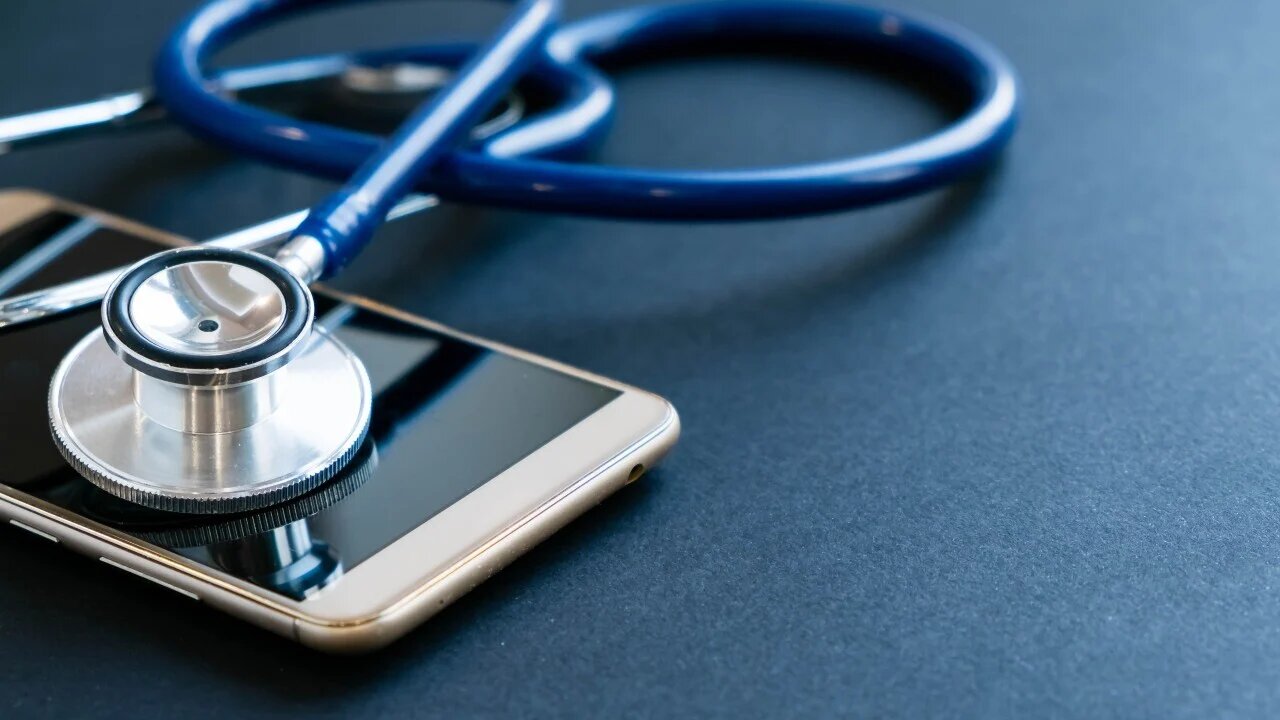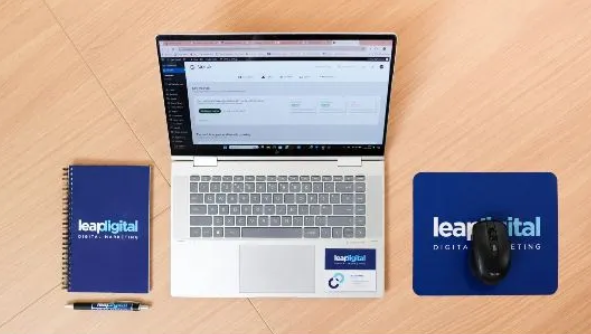Smartphones have become an essential part of our daily lives. Not only do they help us stay connected, but they also serve as hubs for entertainment, productivity, and managing personal information. Alongside these features, many people rely on phone accessories such as headphones, chargers, cases, and screen protectors to enhance their device’s performance or protect it from damage. Over time, however, these accessories can experience wear and tear, potentially leading to malfunctions that can hinder the overall phone experience.
One of the most efficient ways to identify issues with your phone accessories is by using phone diagnostic software. These apps are specifically designed to diagnose problems with both the smartphone and its connected accessories, such as earphones, charging cables, and external storage devices. In this article, we will walk you through how to use diagnostic apps, including Phone Clinix, to test and evaluate the functionality of phone accessories.
The Importance of Testing Phone Accessories
Phone accessories play an integral role in how a smartphone functions. However, it can be challenging for users to tell if an accessory is the culprit behind an issue, as some problems can be subtle or not immediately obvious. By using phone diagnostic software, users can quickly identify whether a malfunction is caused by the accessory itself or if it’s an issue within the phone’s internal systems.
Here are a few reasons why testing phone accessories using diagnostic apps is important:
- Identifying faulty accessories: Sometimes accessories like chargers, earphones, or cases can develop issues that are not immediately visible. A charger that’s not delivering the proper voltage, or earphones that have poor sound quality, can easily go unnoticed without diagnostic testing.
- Ensuring compatibility: Not all accessories are compatible with all phone models. Using diagnostic apps can help identify whether your accessories are working correctly with your specific phone model, avoiding compatibility issues.
- Prolonging the lifespan of accessories: Over time, accessories like charging cables can wear out. Diagnostic apps can help detect early signs of malfunction, allowing users to replace accessories before they cause further damage to the phone.
How Phone Diagnostic Software Works
Phone diagnostic software works by scanning various hardware and software components of a phone, providing users with insights into the functionality of these parts. These apps are designed to test different areas of a smartphone, including both its internal systems and any connected accessories. Depending on the type of diagnostic software used, the app may scan components such as:
- Battery performance: The software can assess the phone’s battery health and whether accessories like chargers or power banks are functioning correctly.
- Audio components: Diagnostic apps can test the sound quality of connected accessories such as headphones, speakers, and microphones.
- Charging ports: Many diagnostic apps can check the health of the phone’s charging port, ensuring that accessories like cables and wireless chargers are working as expected.
- External storage: Diagnostic apps can assess connected external storage devices, such as memory cards or USB drives, to ensure they’re properly functioning.
Tools like Phone Clinix are designed to automate these diagnostic checks, providing users with an easy-to-read report outlining any issues with the phone or accessories. This simplifies troubleshooting and repairs, saving time and effort when trying to identify the cause of malfunctioning accessories.
How to Use Diagnostic Apps to Test Phone Accessories
Using phone diagnostic software to test phone accessories is a straightforward process. Whether you’re using Phone Clinix or other similar apps, the steps are generally the same. Below is a step-by-step guide on how to use diagnostic apps to test your phone accessories effectively:
Step 1: Install a Reliable Diagnostic App
The first step is to install a trusted diagnostic app. While there are many apps available in the market, choosing one from a reputable developer is essential to ensure that it works properly and doesn’t put your data or phone at risk. Phone Clinix is a widely recognized app known for its comprehensive diagnostic tests and user-friendly interface. It offers features that allow you to test various phone accessories with ease.
Once you’ve installed the app, open it and grant the necessary permissions for it to access your phone’s components. Typically, diagnostic apps require permissions to access your phone’s sensors, microphone, charging port, and storage to run tests.
Step 2: Choose the Accessory to Test
After opening the app, you’ll be presented with a list of tests that the app can perform. These may include tests for battery health, system performance, audio functionality, and more. To test your accessories, look for the section related to external devices or connected peripherals. This is where you’ll find tests for accessories such as:
- Chargers and charging cables
- Headphones and external speakers
- External storage devices (SD cards, USB drives, etc.)
- Bluetooth accessories (keyboards, mice, speakers)
Select the type of accessory you want to test. If you’re testing multiple accessories, the app might allow you to run several tests consecutively or individually.
Step 3: Run the Diagnostic Tests
Once you’ve selected the accessory you want to test, the diagnostic app will run a series of checks. For example:
-
Testing Charging Accessories: When testing a charger or charging cable, the app will monitor the voltage and current flow through the charging port to ensure the accessory is providing the correct amount of power. It can also alert you if there’s a potential short circuit or if the charging cable has been damaged. The app will also check for compatibility with the phone’s charging standards (e.g., Quick Charge, USB-C Power Delivery).
-
Testing Audio Accessories: When testing headphones or external speakers, the app may prompt you to listen for sound output or check for any distortion, poor volume, or connectivity issues. It may also perform a test to ensure the audio components (such as the headphone jack or Bluetooth functionality) are working properly.
-
Testing External Storage Devices: If you’re using external storage, the diagnostic software will check whether the phone can read and write to the external device. It may also verify that data transfer speeds are optimal and detect any issues like faulty connectors or corrupted files.
For each test, the app will typically provide a report detailing whether the accessory passed or failed the test. If any issues are detected, the app may suggest potential fixes or recommend that you replace the accessory.
Step 4: Interpret the Results
Once the tests are complete, the diagnostic app will display a report on the health of your accessories. The report will include:
- Pass/Fail Status: Each accessory will be tested individually, and the app will indicate whether it passed or failed the test.
- Troubleshooting Suggestions: If a problem is detected, the app will offer troubleshooting tips, such as replacing the charging cable, cleaning the headphone jack, or updating firmware on Bluetooth devices.
- Potential Risks: For accessories showing signs of wear or damage, the app might provide a warning that suggests potential risks, such as reduced charging speeds or sound quality.
If any issues are found, follow the app’s recommendations to resolve them. In some cases, fixing the problem may be as simple as reconnecting or cleaning the accessory, while in other cases, replacing the faulty accessory may be necessary.
Step 5: Repeat Tests for Other Accessories
If you have multiple accessories to test, repeat the process for each one. The app will guide you through the necessary steps for testing different types of accessories, ensuring you receive comprehensive results for all your connected devices.
Why Use Phone Clinix for Testing Accessories?
Phone Clinix is an ideal choice for testing phone accessories because of its comprehensive features, user-friendly interface, and accurate diagnostics. Here’s why:
- All-in-One Solution: Phone Clinix allows users to test a variety of accessories, including chargers, headphones, external storage devices, and Bluetooth peripherals, making it a one-stop solution for troubleshooting accessory-related issues.
- Detailed Reporting: After completing tests, Phone Clinix provides a detailed diagnostic report that includes not only the results of the tests but also troubleshooting steps, ensuring users can resolve issues quickly.
- Ease of Use: The app’s intuitive design ensures that users, even those with minimal technical knowledge, can easily run tests and interpret results.
- Compatibility: Phone Clinix supports a wide range of smartphones and accessories, ensuring that it works effectively for most users.
Conclusion
Using phone diagnostic software like Phone Clinix is an effective way to troubleshoot and test your smartphone accessories. These tools can help identify issues with chargers, headphones, external storage, and Bluetooth accessories, allowing you to ensure that everything is functioning correctly. By using diagnostic apps, you can save time, prolong the lifespan of your accessories, and avoid unnecessary repairs.
Whether you’re a tech enthusiast or a casual smartphone user, having the ability to test your accessories with ease can significantly enhance your phone’s performance and reliability. So, the next time you encounter an issue with one of your phone accessories, reach for phone diagnostic software and let tools like Phone Clinix help you identify and fix the problem quickly.









